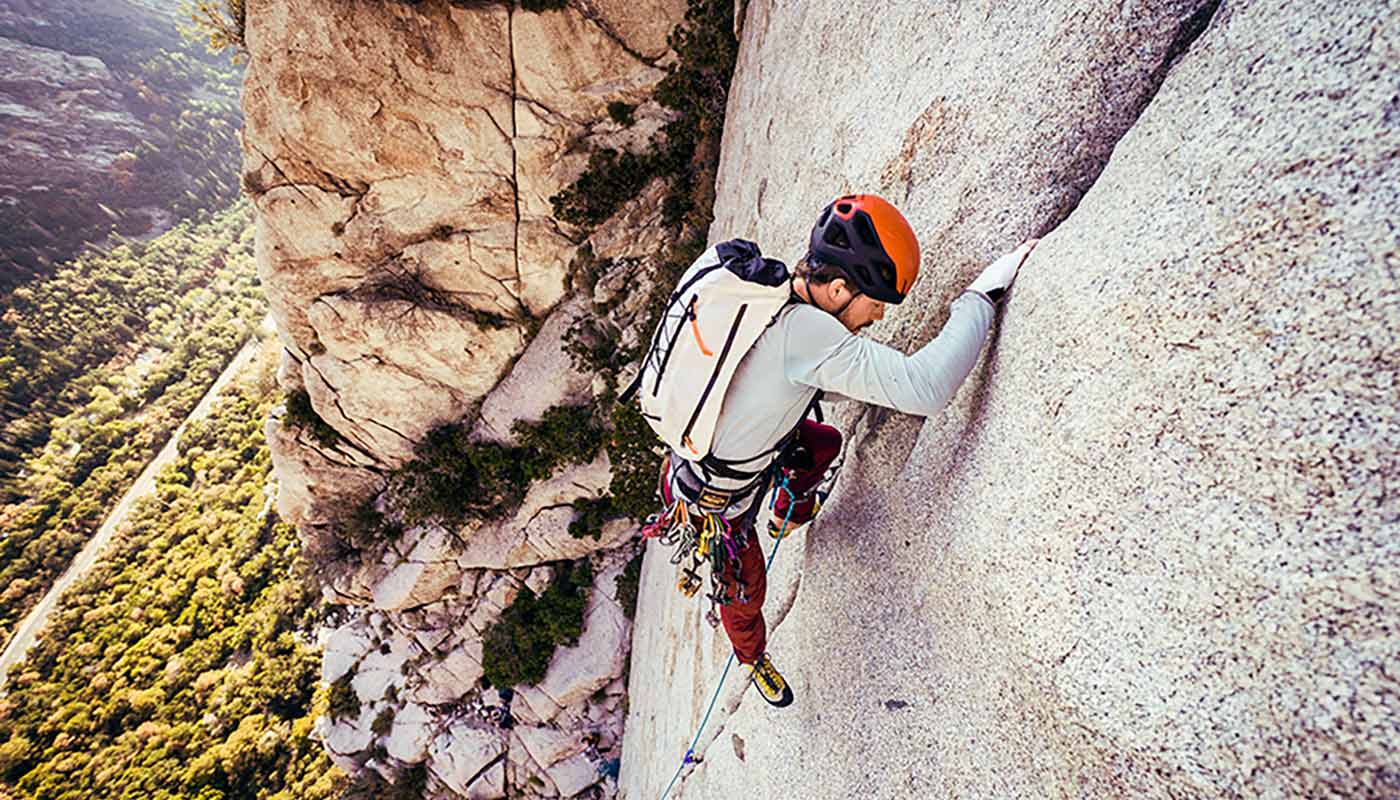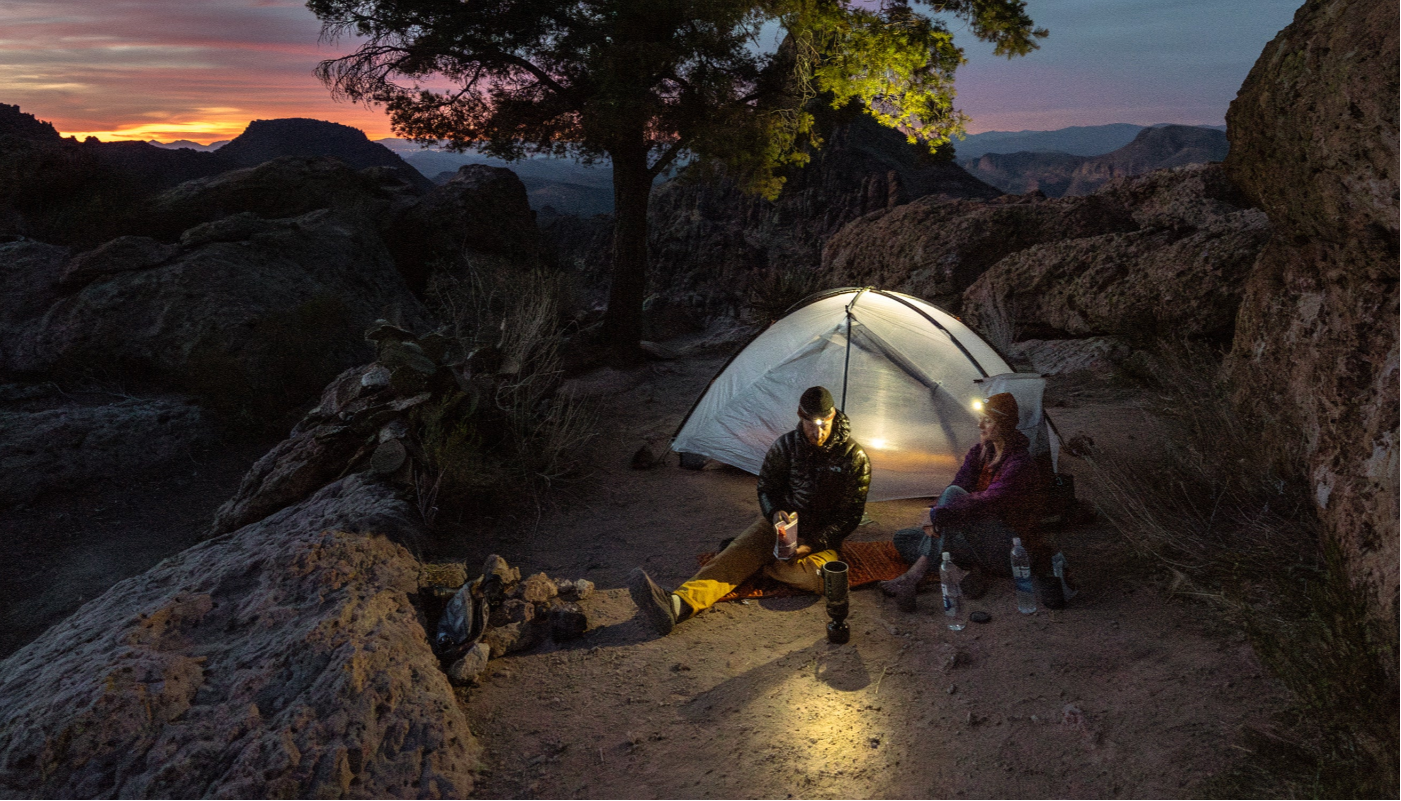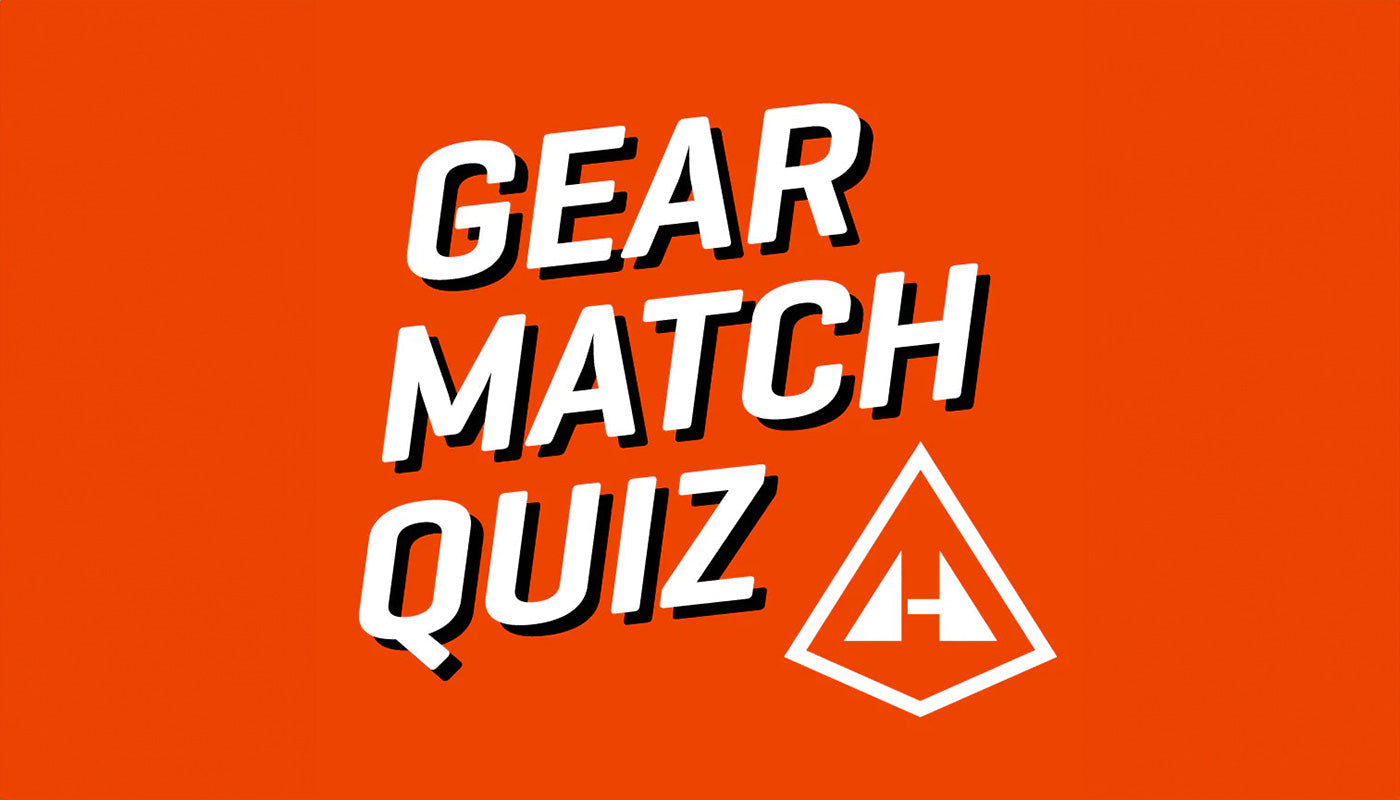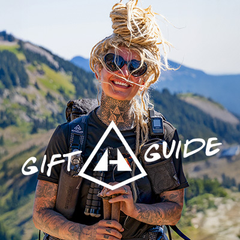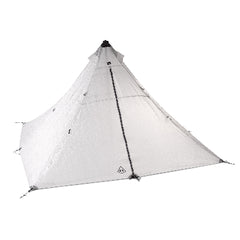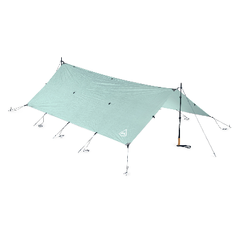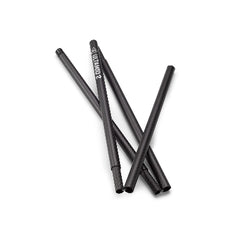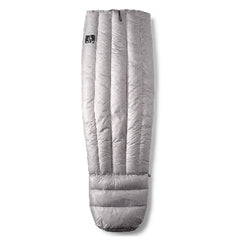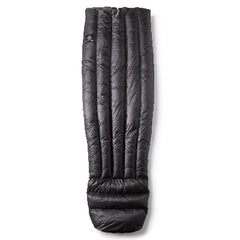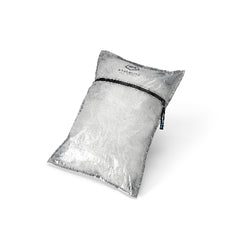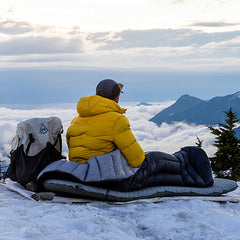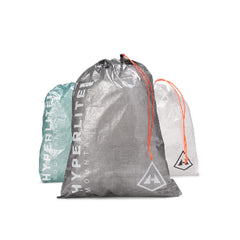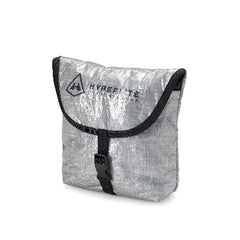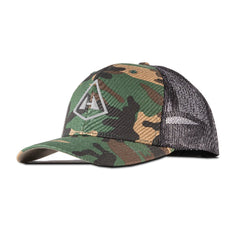Words and Photos by Nicole Kniffen
I'm one of the rare but not unique people who decided to thru hike the Appalachian Trail with basically no experience at all. I knew I could do hard things, I knew I was stubborn, and I knew I wanted to hike the whole trail. That was where my relevant knowledge ended. While I dreamed of the trail often over the years and sometimes googled, "How much does an AT thru hike cost?" (the number was so high I usually just slammed my laptop shut), I didn't start my real research until about six months before walking through the arch at Amicalola Falls.

I am 5'0" and weigh around 110 lbs. As I researched gear, I realized weight would be a big factor since I simply can't carry as much as a larger person. I invested in a 10° down quilt, a trekking pole tent, a lightweight puffy coat, the lightest power bank, and a tiny stove.
Next on my list was food storage. I read all about bears on the trail, PCT hangs, and bags you can tie to a tree. The phrase, "A fed bear is a dead bear," stuck with me, and I could not stomach the idea of causing harm to a bear. When I'm tired, I get sloppy. I misspell things, I trip over my own feet, I burn dinner. Finding a perfect branch, throwing a rope over it, and hanging my food every night sounds awful. Many, many people do and never have an issue! But I looked for another solution.
Once I found out about bear cans, I knew that's what I was going to do. I planned to practice what I teach the kids I work with–the right thing isn't always the easiest thing–but it was the right thing for me.

When it came to the pack, all my items would live in, I was totally lost. I did some research and came away even more confused, drowning in all the ways traditional packs vary. I found a pack on clearance that was 55 liters and a size small, and said, "Good enough!"
The volume of the pack held all my gear, and I grabbed some classic cylinder-shaped dry bags to organize clothes, toiletries, and electronics. Thankfully, my tent and quilt came in their own stuff sacks, and I grabbed a small zippered storage bag online to hold my potty stuff: trowel, toilet paper, tiny bidet, and soap. Everything inside my pack was rolled into a compactor bag to keep it dry, and at the last minute I grabbed a pack cover for rain.
When I arrived at Amicalola Falls, I quickly removed the deck of cards, bug net, and extra carabiners and straps from my pack. My starting setup, with (too much) food and water, was 32lbs.
For about 200 miles, I loved my setup. But I hated having to stop if it rained and put on a big bulky rain cover, especially when my pack got wet anyway. A couple of smaller things went home: more unused carabiners, my unnecessarily heavy potty bag, and one of my two pairs of pants. But around 200 miles, my pack was no longer fitting. The hip belt slid down my hips, and the weight of my pack was too low on my back.
I tried to size down in the same pack, and within a couple of days, the padding was crushed enough that it was also too large.

Thankfully, Appalachian Trail Days was right around the corner! The first thing I did on Friday morning was walk to the Hyperlite Mountain Gear tent. Investing in a new pack was a hard pill to swallow for me, but if I was going to spend the money, I wanted something that would be lighter in weight than my current pack. The only pack I found that was significantly lighter was a Hyperlite. After asking 100 questions, trying different weights in different packs, and being properly fitted for the first time ever, I happily walked away with an XS Southwest 40 Pack.

Sunday morning, I finally packed up to get back on the trail. Well, I tried to. I struggled to get everything in my new pack in a way that was comfortable and not lopsided or top-heavy. I wandered back to the lovely folks at the Hyperlite Mountain Gear tent and explained my predicament.
I was stoked to meet the crew at HMG and get their professional eyes on my gear as I laid it out, bear canister and all. Everything was stuffed in cylinder-shaped containers, and so much of my 40 liters was wasted on dead space.
I swapped my quilt and puffy into a Side Entry Pod that is flat on two sides and D-shaped, just like my new pack. Next, my heavy food, went from my bear canister to a zippered stackable Pod that fit perfectly on top of my quilt. A smaller Drawstring Stuff Sack for my tent made it stack better, and all my first aid and electronics fit in a Zippy. I'd never had a pillow on my hike (I usually shoved my clothes in a dry sack) but I grabbed a reversible fleece-lined Stuff Sack Pillow for my clothes that turns into a comfy spot to rest my head at night: a luxury item without the added weight! Finally, I grabbed a small Drawstring Stuff Sack for my potty bag and a Shoulder Pocket to keep my cell phone on my shoulder strap!

The last challenge was my beloved bear canister. I wasn't fully convinced it would fit right, but I was fully committed to keeping it. I was stoked when we were able to use the wider mouth of the pack to fit my bear can horizontally, with my journal, electronics, and sleep pad inside, snug at the top. Tent stakes, potty kit, and filter all fit great with my water bottles on each side, and my raincoat, sit pad, and groundsheet went in the huge outside pocket!
I'm currently over 1,700 miles into my hike and love my setup still. My Southwest Pack has less padding and support, but it fits well and distributes weight better than my previous, bulkier pack. I've lowered my pack weight by switching out my quilt for a Summer blanket and got rid of my stove and cook pot. With the modern materials being mostly waterproof, and the fail-safe backups of my Pods, I no longer needed my compactor bag liner or bulky pack cover. However, I still carry my bear canister comfortably and love some of my silly "luxury items," like my custom stamp, pad inflator, full body bug net, and sometimes a family-size bag of chips and a White Claw!

Since my switch, I've had fellow hikers tell me how impressed they are at the size of my pack and then shocked when I explain I even have a bear canister in it! My favorite fellow thru hiker called me the girl with the perfect pack. I'm not what anyone would call an ultralighter, but no space in my pack is wasted, while everything has a home. I go between 23 and 27 pounds, depending on how much food I carry (read: how often I pass a deli!) and carry it comfortably.

My pack feels so dialed in, but I don't have to be "ultralight" or sacrifice my bear canister to rock my Hyperlight Mountain Gear pack. We've done over 1,200 miles together, and we're looking toward Katahdin as a team!
Going back to a traditional pack isn't something I can imagine doing, especially with HMG announcing ways to make their packs more durable and abrasion-resistant while also being lighter. If you need me or my awesome stickered bear can, we'll be running up mountains with our bestie, Southwest!

